A decent computer is is a must for editing high resolution raw files and getting stuck in with advanced effects. Today’s enthusiast laptops can rival traditional desktop hardware in the speed stakes, and unlike laptops of old, many boast pixel-perfect displays with stunning colour, as well as wide contrast to keep highlight and shadow detail consistently visible.
We’ve selected six laptops priced between £1000/$ 1200 and £1300/$ 1600, as this is a great price/performance sweet spot. All our options prioritise display quality and pack at least 8GB of RAM, which is a realistic minimum for intensive photo editing. You’ll need to decide on screen size, with 15-inch laptops being noticeably larger and heavier than their 13-inch siblings, but offering more space for Photoshop pallets.
To see which is fastest, we ran the popular Cinebench processor benchmark, plus a dedicated SSD speed analyser. Screen quality was assessed by our own trained eyes, as well as a top-end colorimeter. Finally, a simple but effective test of looping a Full HD video was used to determine battery life.
Key things to look out for
It's easy to get bogged down in the tech and spec soup of computer terminology, but there are a couple of key areas photographers need to think about.
The first is the quality of the screen. This used to be more eye-sore than eye-candy, with appalling contrast and viewing angles, but thankfully IPS display tech fixes this and you shouldn't settle for anything less.
An SSD (solid state drive) is a must as your primary storage in any new laptop. A conventional hard disk drive will bottleneck performance like flat tires on a Ferrari, and while dedicated graphics cards are great for gaming, they're not a necessity here. Today's processors can fill in for them, and they pack enough pixel-pushing punch for photo editing.
The MacBook is favoured by many photographers, and for good reason. But don't rule out comparably priced laptop PCs, which can offer more bang per buck with better upgradability.
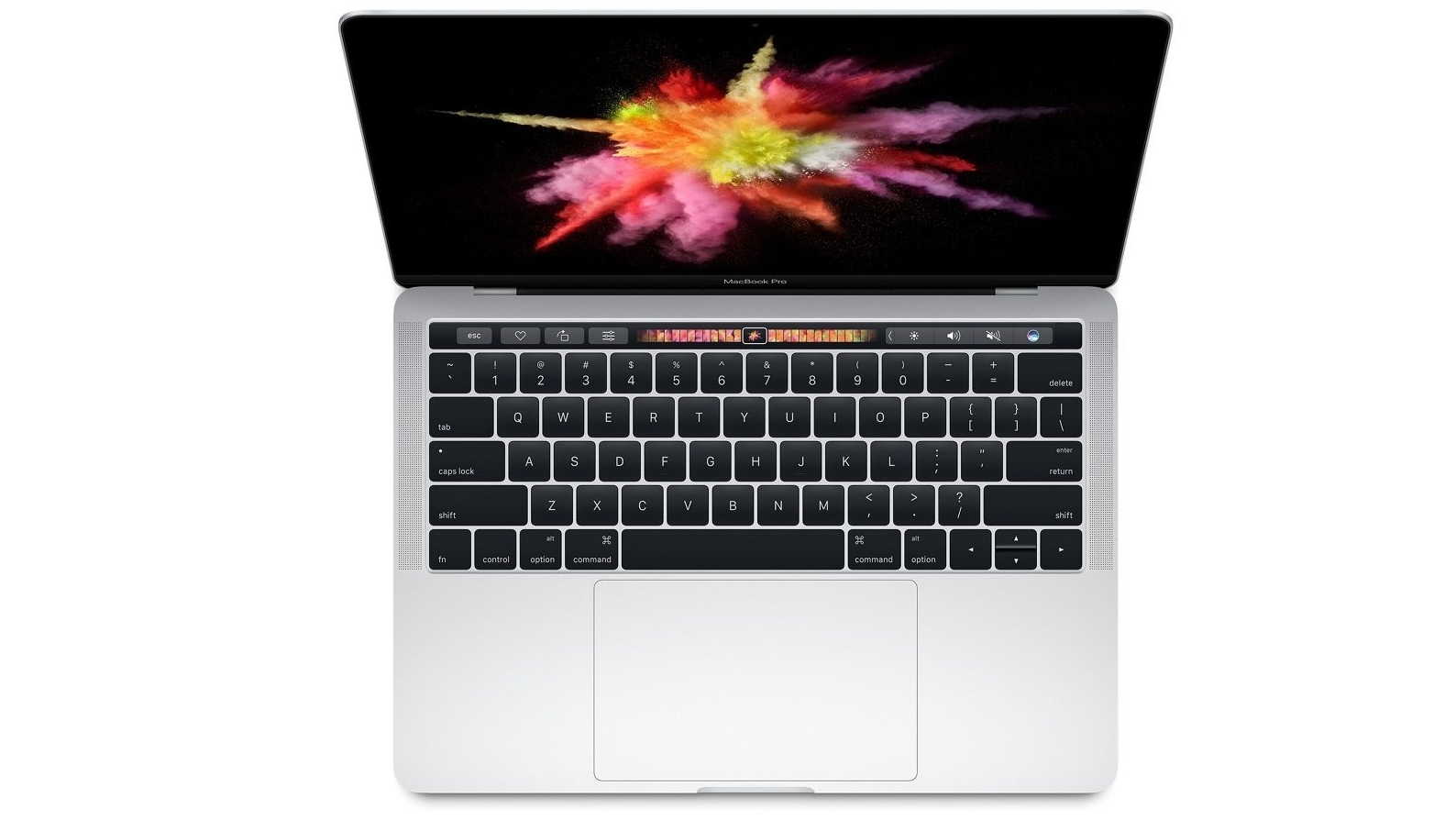
If you're after the latest and greatest laptop from Apple, welcome to the 13-inch Macbook Pro with touchbar. It's the best laptop Apple has ever made, and builds new features into the classic design. Of course the headline feature is the touchbar – it's a thin OLED display at the top of the keyboard which can be used for any number of things, whether that be auto-suggesting words as you type or offering Touch ID so you can log in with just your fingerprint. This makes it an excellent laptop for photographers using Photoshop, as it has a number of Photoshop shortcuts, such as being able to quickly select a color or change the opacity of a layer by swiping your finger, features that all the other laptops on this list lack.
Read the full review: Apple Macbook with touchbar (2017)
See more like this: The best Macs and Macbooks 2017

Apple’s Retina display revolutionised laptop screen quality – and while the competition now sports Retina-rivalling panels, the MacBook still offers the best viewing experience. Its brightness, contrast, saturation and detail are all sublime, and Apple’s factory colour calibration is the most accurate. Although its 2.7GHz processor is technically faster than the dual-core chips in the Dell and Microsoft laptops on test here, real-world performance is almost identical, and nothing very special. Our MacBook configuration lasted a mighty 12 hours 12 minutes in our video loop test, thrashing all but the Surface Book. It may be an obvious choice, but this is still a brilliant all-rounder.
Read the full review: Apple MacBook Pro 13″ Retina
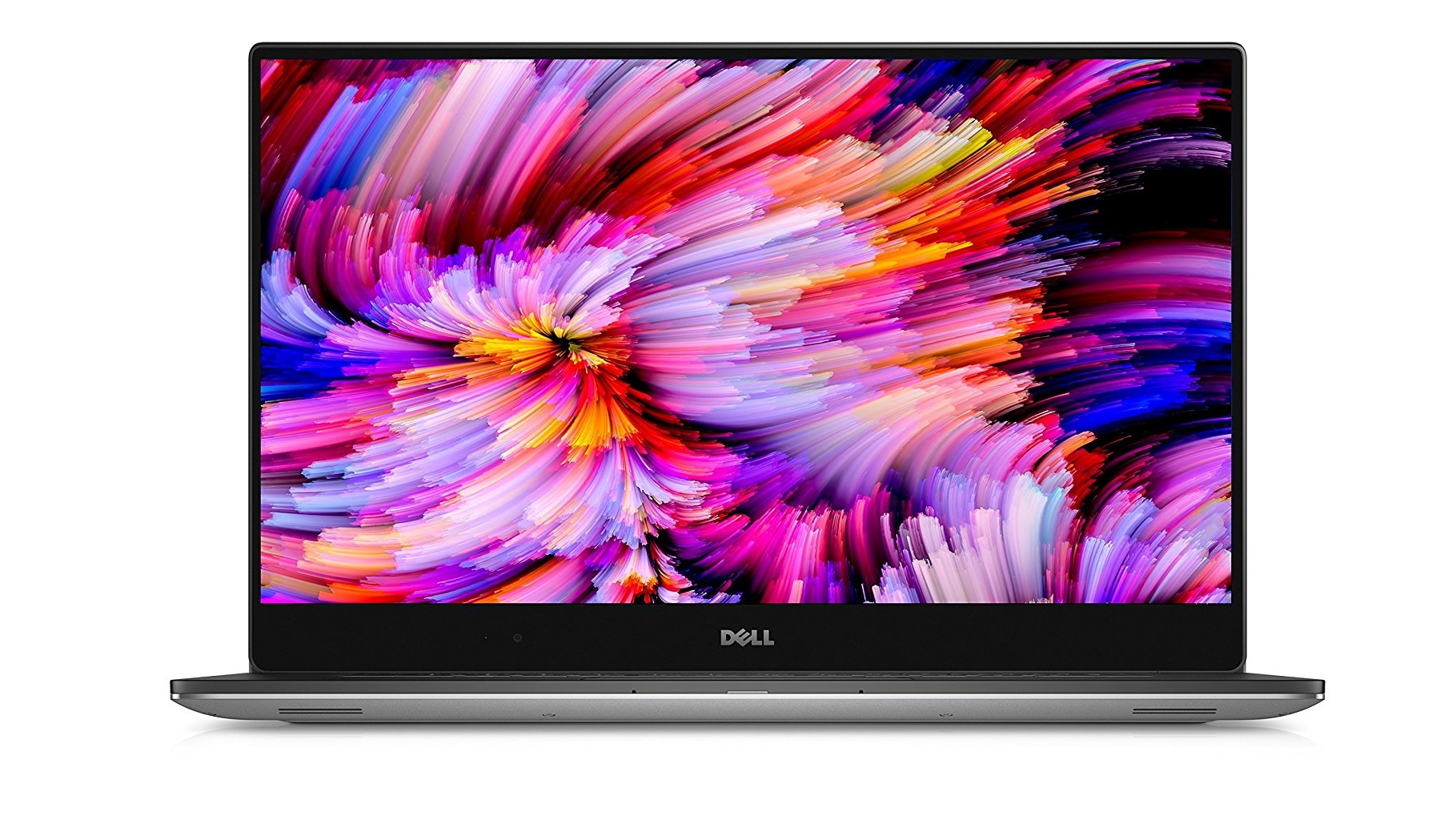
If you're looking for a larger and more powerful laptop for photo editing, then the Dell XPS 15 could be for you. Packing the same InfinityEdge technology as the smaller XPS 13, the screen extends right to the edge of the machine which means it's as small as it's possible to make a 15-inch laptop in 2017. It's quite pricey though, depending on which version you get. The very top end version has a 4K color-accurate display, which makes it one of the best laptops for photo editing. You'll be able to see your photos in crisp detail as you edit them, and the impressive specifications means it will keep up with edits you make to the largest photos in your collection.
Read the full review: Dell XPS 15
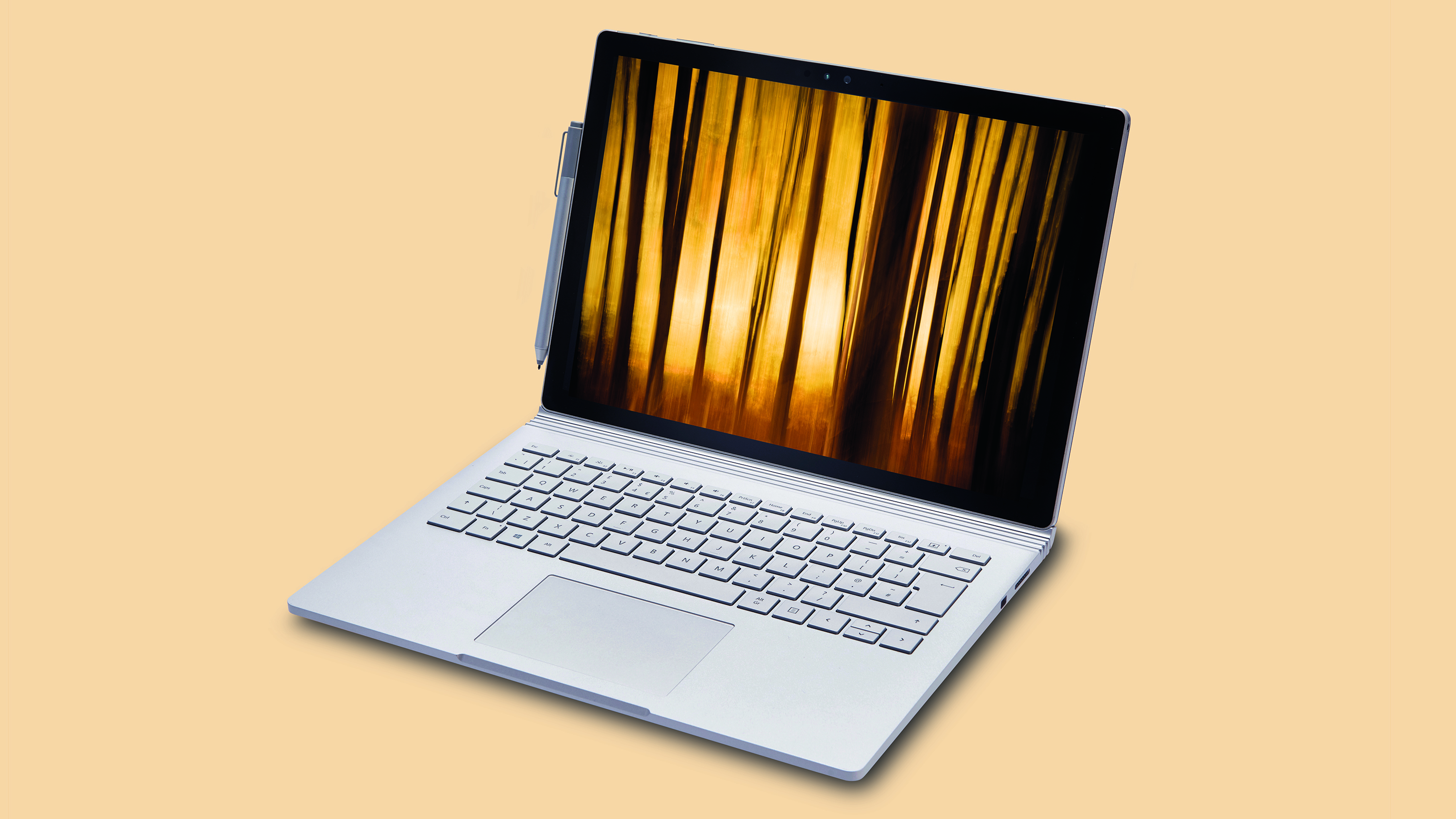
This entry-level Surface Book features a modest dual-core processor, but its performance is comparable to the MacBook. The battery life comes close at 11 hours 10 minutes, and the screen quality is equally stunning. Only Apple's marginally better colour calibration gives the MacBook's image quality the edge, but Microsoft fights back with a superior 3,000 x 2,000 resolution and an ideal aspect ratio for viewing APS-C and full-frame images. The screen's touch-sensitive, but its real party trick is its ability to detach from the rest of the laptop to become a tablet. You even get a Bluetooth stylus pen with 1,024 pressure levels, so the device can double as a graphics tablet. We'd make it the winner, but the 128GB SSD here is prohibitively restrictive, and speccing more storage costs big bucks. Beats the MacBook on versatility, but Apple's spec is better balanced at this price point.
Read the full review: Microsoft Surface Book
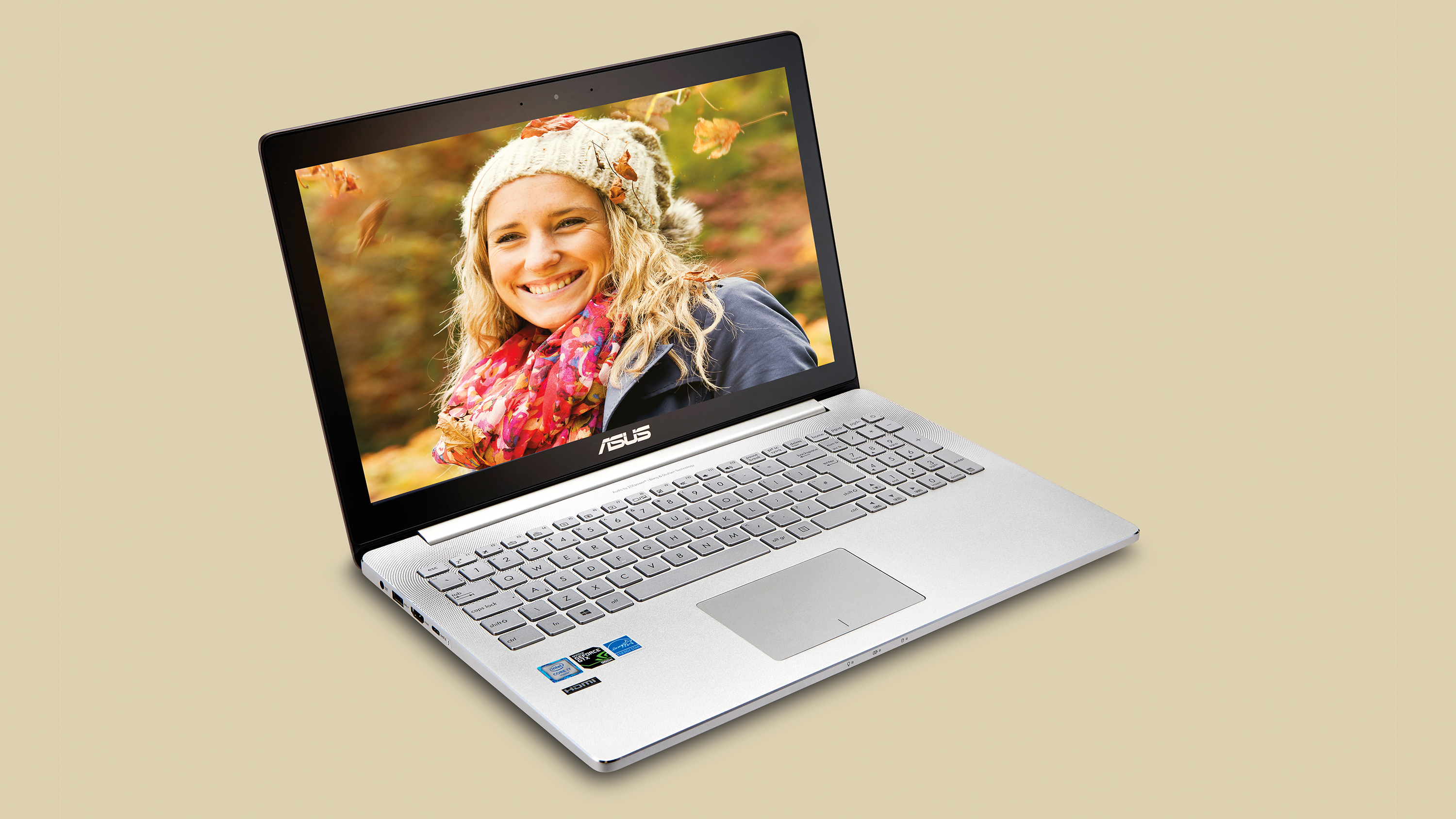
The ZenBook Pro’s 15.6-inch screen sports an impressive Ultra HD resolution, resulting in the highest pixel density on test. Image quality, however, isn’t quite up there with the MacBook and Surface Book. Colour saturation and contrast are marginally less intense, and that sky-high pixel density has little real-world benefit over similar screens. The extra screen size is much more useful, especially in Photoshop, but it contributes to the ZenBook’s relatively hefty 2.27kg mass. This beast does contain a fast processor though, and big batteries to power it. A photo editing powerhouse, albeit one you won’t want to carry too often.
Read the full review: Asus ZenBook Pro UX501VW
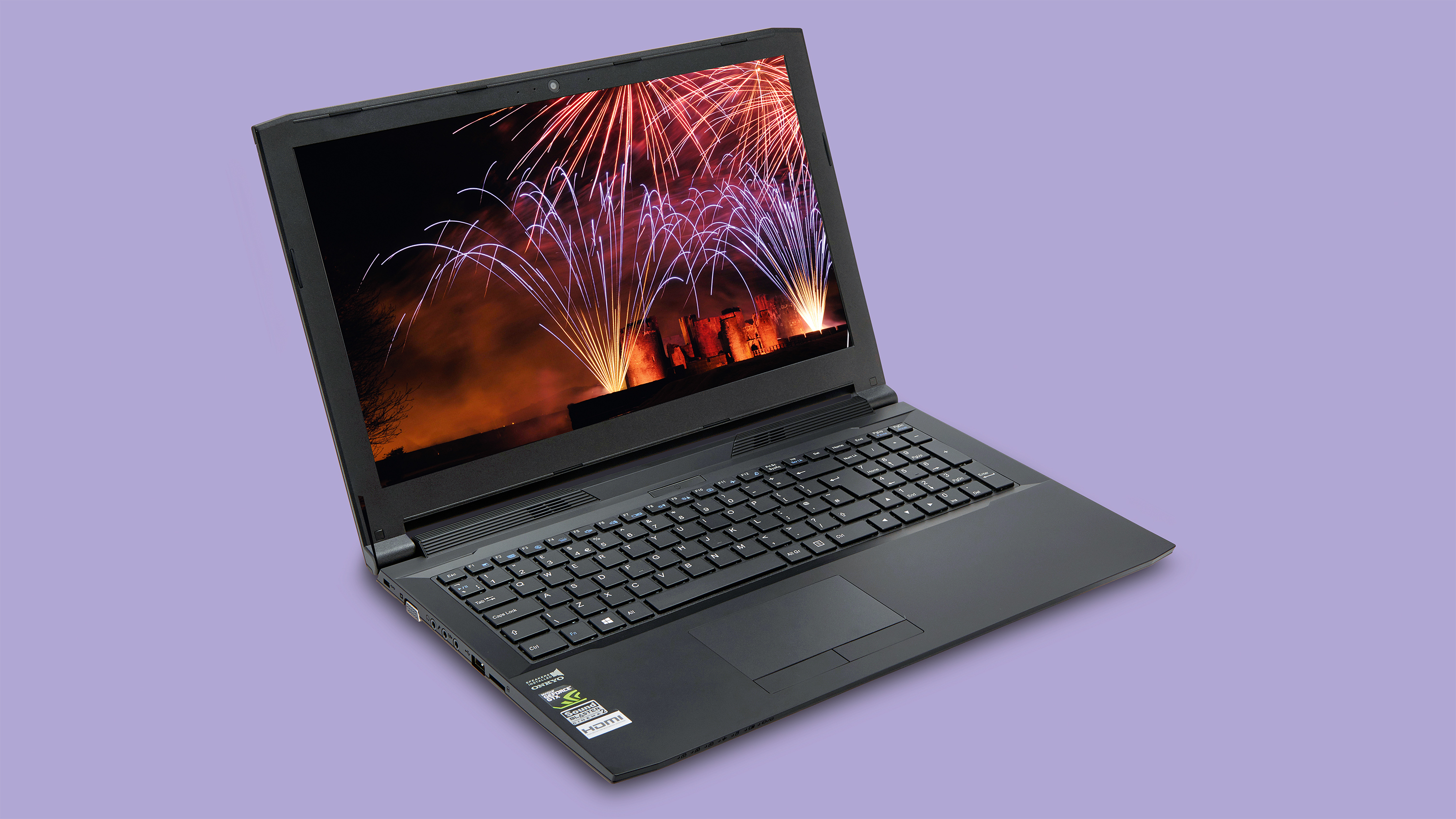
Chillblast’s entrant is all about speed, posting a winning Cinebench score of 678. It also leads the field in RAM capacity and its SSD rivals the ThinkPad’s super-fast storage. However, all this speed and storage has a downside: battery life. We could only extract 3 hours 9 minutes. The Chillblast’s display features a matte coating, though this has a common side effect of reducing colour vibrancy. A Full HD resolution across this 15.6-inch panel isn’t high enough to conceal individual pixels, but brightness and contrast are good and the overall viewing experience satisfying. Plenty of power, just be sure not to stray far from the mains.
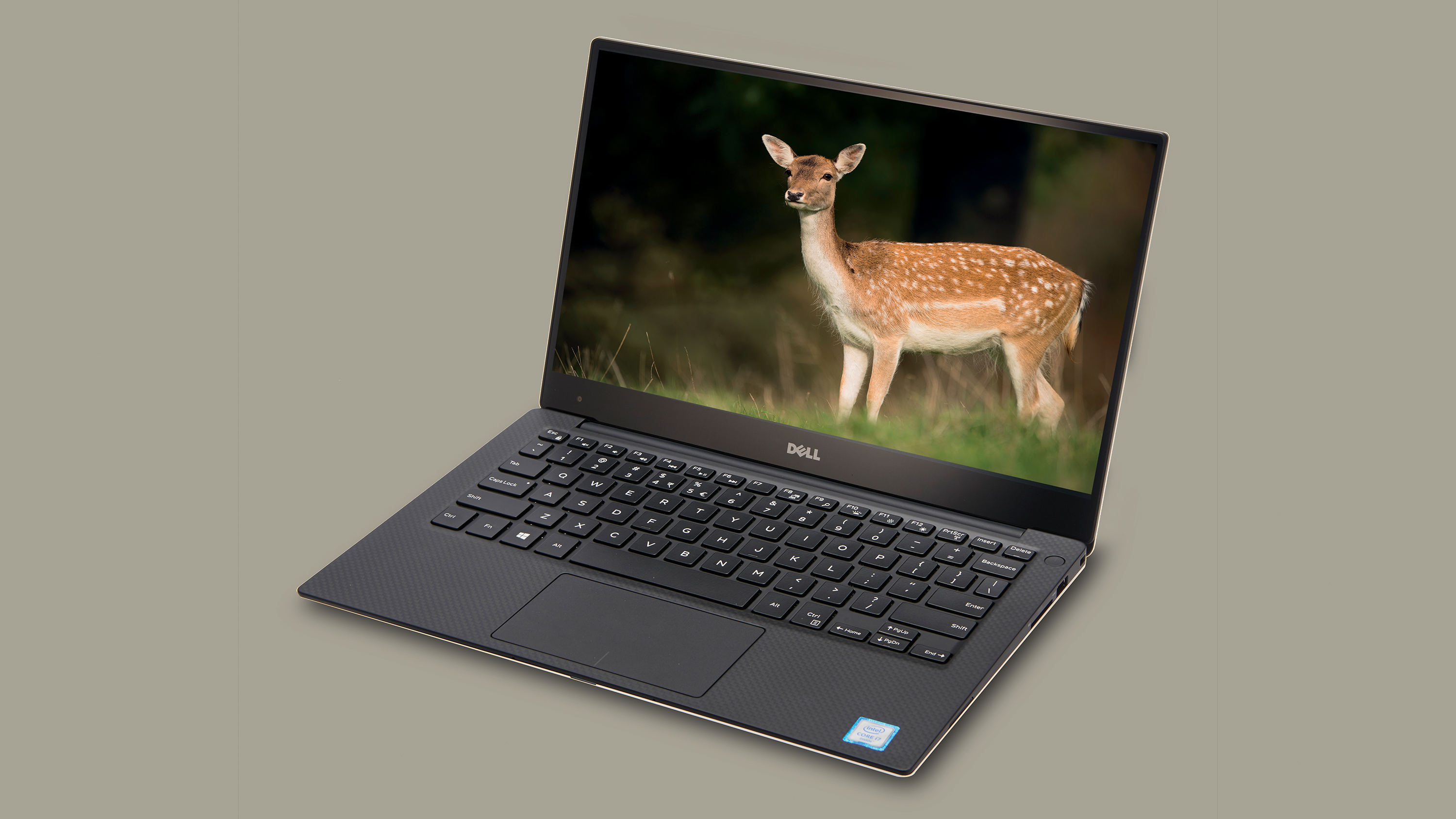
This laptop’s claim to fame is being the smallest 13.3-inch laptop on the market. It’s slim screen bezel helps contribute to a svelte 304mm x 200mm x 15mm form that needs to be held to be truly appreciated. The XPS 13’s screen is touch-sensitive, and it boasts a similar resolution and pixel density to the MacBook and Surface Book. Image quality is more in line with the ZenBook though, falling slightly short on colour and contrast intensity compared to Apple and Microsoft’s displays. A highly portable package with little compromise other than battery life.
Read the full review: Dell XPS 13
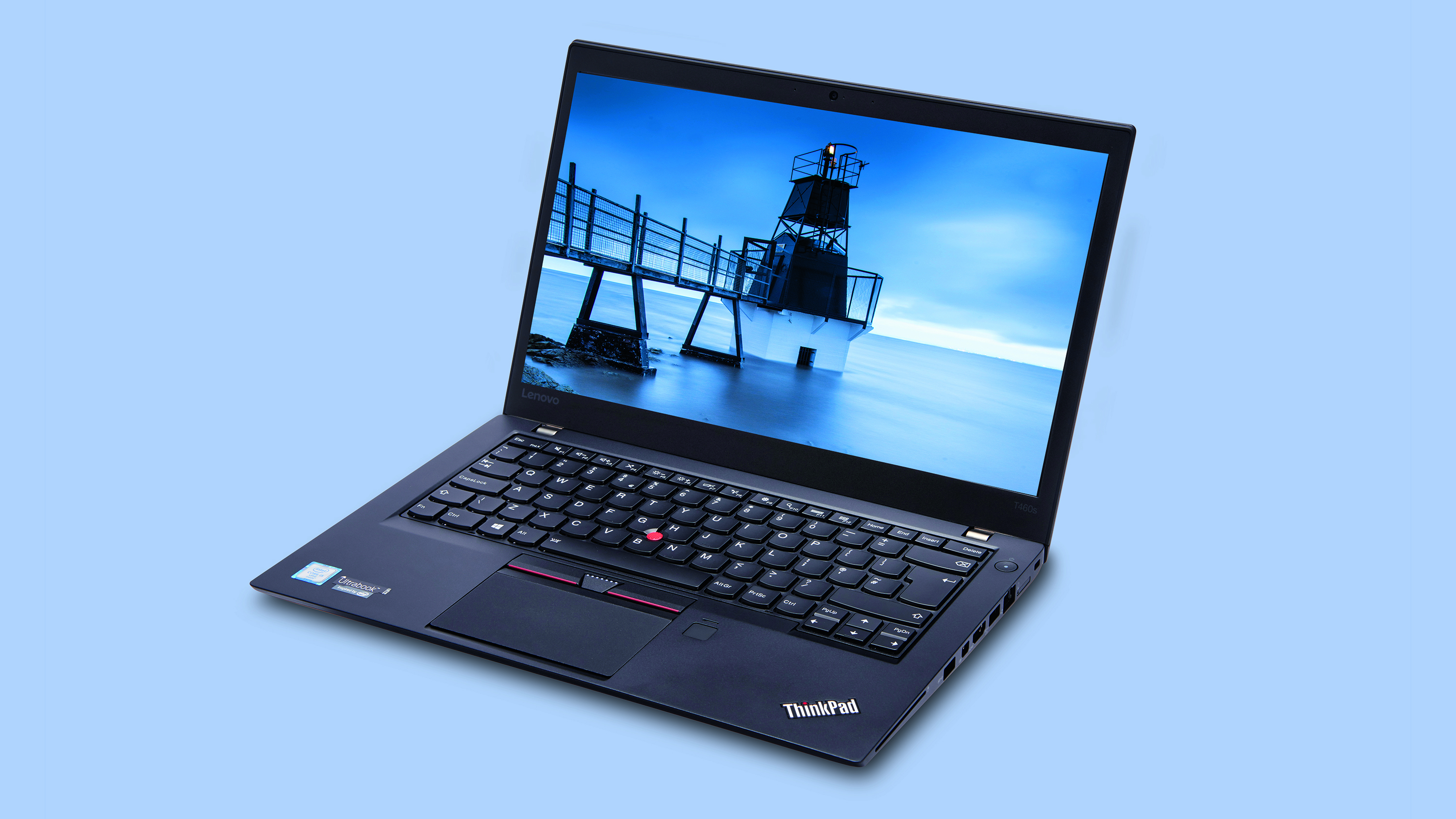
The ThinkPad T-series is a no-nonsense design with a focus on robustness over style. Even so, the T460s’ 18.8mm thickness is within 1mm of the MacBook, and it’s actually lighter at 1.4kg. But despite packing an identical processor to the Surface Book, the T460s’ Cinebench score was 30% slower, making it the slowest on test. While the Full HD screen looks good in isolation, colour saturation and contrast are noticeably more muted than the competition, and it’s less crisp. On the up side, it’s got the rare addition of an anti-reflective coating. Good, but the same money can buy you a better screen and more power.
Read the full review: Lenovo ThinkPad T460s